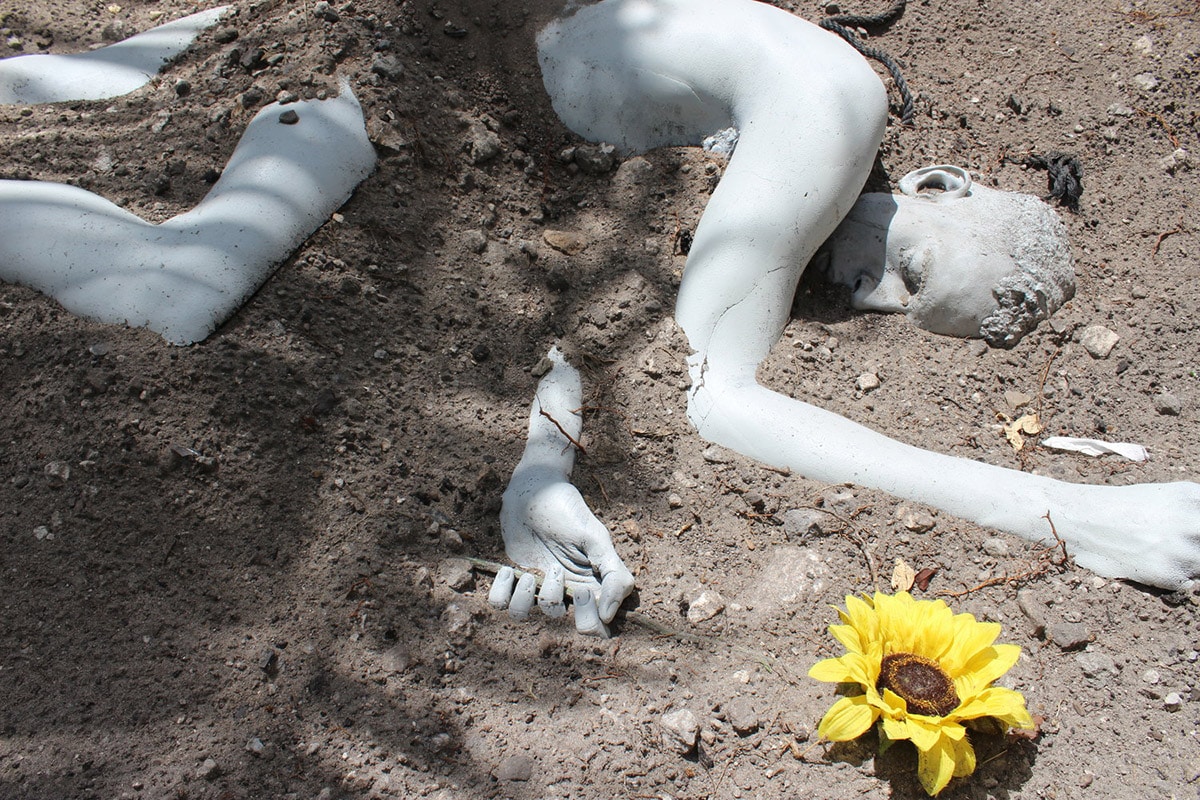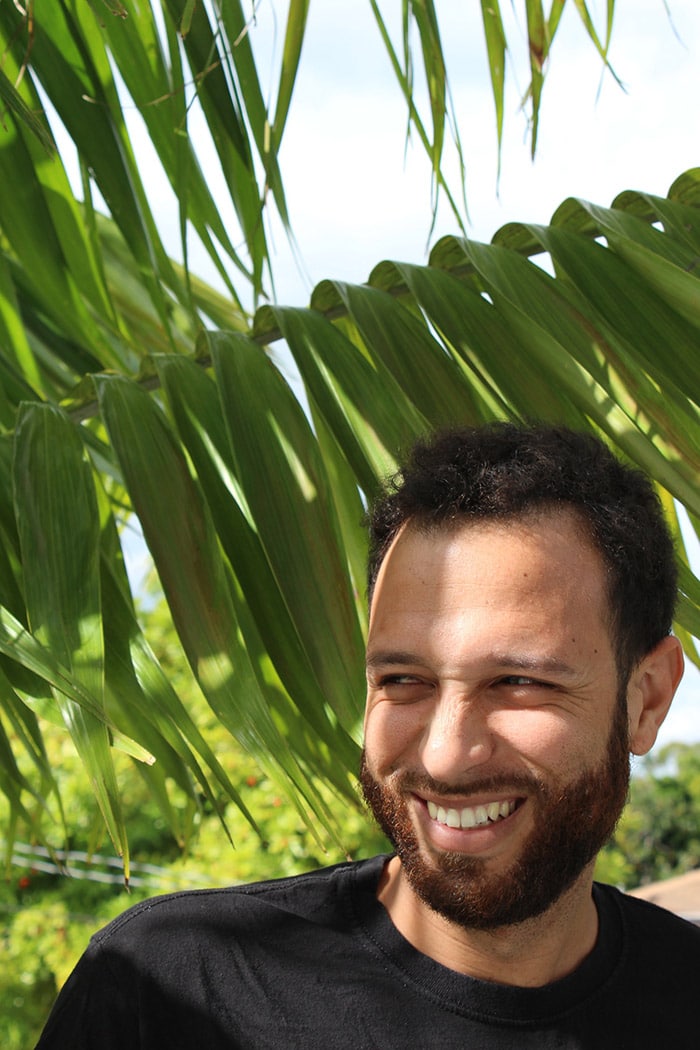EXHIBITION
NE8: Edrin Symonette: “Residues of A Colonial Past”
Saturday, April 1, 2017
Sunday, May 14, 2017
National Art Gallery of the Bahamas
Sculpture Garden
West and West Hill Street
Nassau The Bahamas

“Residues of a Colonial Past” explores the concept of beliefs, tradition and modalities left behind by colonization, in an attempt at reconstructing an identity. The word ‘residue’ can be defined as something left behind after a process – a bi-product of that process. This work seeks to simulate and highlight specific practices as they pertain to those living in the Caribbean diaspora, particularly The Bahamas, by examining the method and materials used in the construction process of a house prior to independence (1973).

Before 1973, Bahamian homes were constructed by African slaves based on a process developed by their European masters. This process was known as “quicklime and slacking.” The process saw the construction and use of a lime kiln to burn and deconstruct conch shells and limestone rocks, producing quicklime. The Bahamas is a group of 700 islands and nearly 2,500 small islets and cays, resting on an immense plateau of tertiary limestone. The sedimentary rock was used to build houses for both master and slave alike. Like many other traditional practices, Bahamian slaves were forced to abandon their own methods of construction practices, adopting their masters’ in the process.
As a result, this foreign method of construction has been used traditionally, instead of that inherited from our African ancestors, for generations – a testament to the residual effects of a colonized state. The installation/video depicts some of the bi-products of this colonisation: the body of the enslaved sprawled out for the world to experience, constructed by utilizing the same method for producing colonial houses (quicklime and slacking). The body is imperfect, deteriorated and partially buried. An imperfect deteriorated state signifies a need to constantly re-fabricate images of ourselves via colonial ideology; physical deterioration is a testament to its frailty.

Deconstruction of conch shells serves not only as a signal of Bahamian ingenuity, but what seems to be a need to actively dismantle ourselves in anticipation of reforming a new and more “suitable” image. A rope tethers the enslaved to the ideals that brought him here, while a single sunflower signifies a small sliver of hope. Hope that one day we can reconcile with our past and actively seek ways to procure our own identity in a postcolonial world. These objects serve as precursors to a question, one I contend with on a daily basis: Who am I? As I have done in past works, I seek to initiate honest dialogue, stimulating the deconstruction of a post-colonial identity in hopes of reconstructing a truly authentic one. Supplementary to the sculptural installation in the Sculpture Garden, a short video of the piece itself, shot from an aerial drone, will be accompanied by the poem “Peeling” by Tanicia Pratt. The video documents the process and provides a holistic view of the entire installation, garden and surrounding areas.

Biography:
Bahamian artist Edrin Symonette was born on the island of New Providence but grew up on Eleuthera, an island in the northeastern Bahamas that boasts the fourth largest population in the country. Island communities, like those in Eleuthera, are generally close knit and largely untouched by major development, making the natural landscape easily accessible. This environment in conjunction with the influence of his parents, a teacher and a farmer respectively, fostered an appreciation of the colours, sounds, smells and tastes synonymous with the beauty of the island.
Edrin left the rural utopia of Eleuthera to attend the College of The Bahamas (COB) in Nassau, a major city on the island of New Providence and the country’s capital. New Providence, in opposition to the artist’s hometown, is an urban sprawl where over 70% of the population resides. The shock of this transition left Edrin struggling to reconcile the realities of urban development and living with the relatively untouched beauty that is peculiar to most of the other islands in The Bahamas. His sojourn at the college, where he obtained an Associates of Arts in Fine Arts, assisted with this transition and increased his exposure to contemporary art practice and encouraged experimentation in his work.
The technical expertise of master artists from the Renaissance era and established Bahamian artists including Brent Malone, John Beadle, Antonius Roberts, Tyrone Ferguson and John Cox, are a continual source of inspiration for the artist. Recently, Edrin’s work has moved away from traditional content and implementation and he is now focused on communicating his ideas through process. Solving each unique problem through the exploration of material and concept is of utmost importance. It is through this juxtaposition of natural and unnatural, traditional and nontraditional, that he believes his personal interpretation of beauty in the world is satisfied.